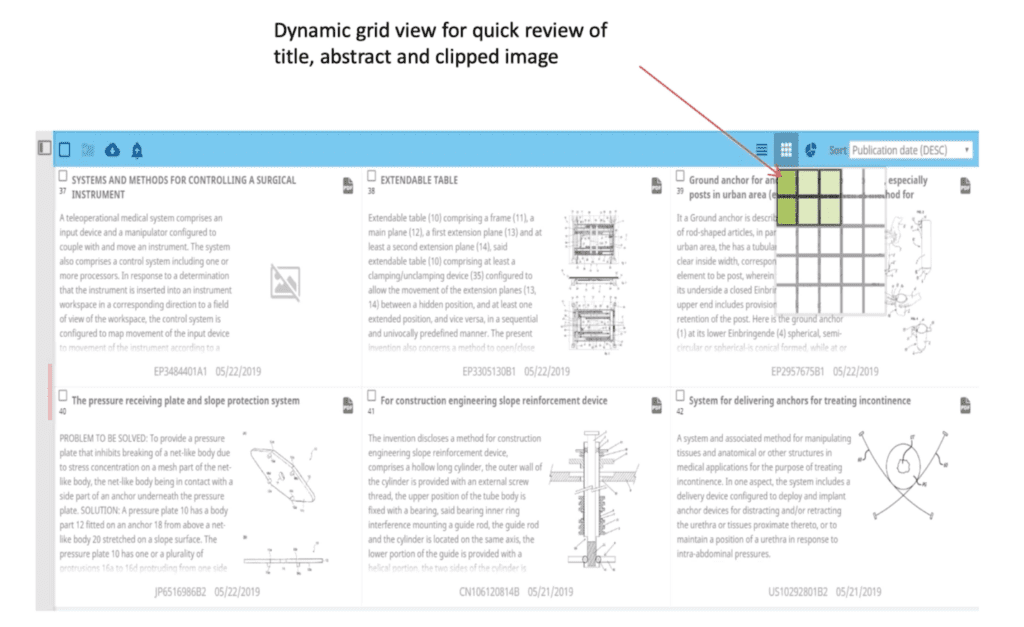AIA Best Practices: A Holistic Approach to Patent Prosecution

A lot has changed since the America Invents Act (the “AIA”) switched up the United States patent system from a “first-to-invent” to a “first-to-file” system back in 2013, and that includes some of the most basic advice patent practitioners provide to their clients. Review these AIA best practices.
Pre-AIA, it was best practice to first conduct a thorough patent search, identify what the patentable invention is most likely to be as described in a patent application, take time to process the information and make sure things are in order, and then take the time to follow a well thought out patent application. Today, we see inventors rushing to the patent office to win the first-to-file race. However, because a patent is not malleable or subject to augmentation after it has been filed, patent attorneys and their clients must quickly develop a coordinated strategy to file a comprehensive patent application.
The importance of provisional patent applications
The American patent system is not a pure “first-to-file” system because there are exceptions to the rule. For example, regardless of whether an applicant is the first to file, she must still be the true inventor, and a patent may be denied if an invention is disclosed by another individual before a patent application is submitted by the USPTO. As a result, it is not only important to ensure a patent application is filed before another applicant files an application for the same invention, it is also important to file before another’s disclosure of the same invention to avoid a novelty rejection, as well as before another person’s disclosure of a related invention that can be used to support an obviousness rejection.
Because provisional patent applications (PPAs) are less expensive to file and require fewer formalities than nonprovisional patent applications, they are often the vehicle patent practitioners rely on to lock in an earlier filing date. However, to use the earlier PPA filing date, nonprovisionals must only include the information that was presented in the PPA – they cannot be broader in scope. This means that, even though it is important to file quickly, it is also important to incorporate all necessary information about the invention in the first filing. If not, the resulting patent will either be narrower in scope than necessary, or the earlier filing date will be lost.
The impact of the AIA on patent searches
Since the implementation of the AIA, a fundamental philosophical shift toward the primacy of the filing date has led to many patent applicants moving forward with a patent search only after filing a provisional application. And, although this approach does eliminate the time it takes to perform a comprehensive patentability search prior to filing, it also results in PPAs being filed blindly without knowing how the existing prior art will impact patent prosecution. An arguably safer approach is to conduct a limited search to scope out the lay of the land, and to gain a sense for the scope and direction that is most appropriate for describing an invention in a patent application.
With improvements in search technology, machine translation, and data storage capacity, patent practitioners can pull up more patents and patent applications in a search than ever. The LexisNexis TotalPatent One® patent search platform provides access to over 100,000,000 patent documents from all over the world from a single search bar. While this may seem overwhelming and too time consuming to be useful for a quick search before a PPA filing, TotalPatent One® also provides several features for quickly zeroing in on relevant patent documents. TotalPatent One provides a grid view that presents the title, abstract, and clipped images of search results so that patent professionals to scroll through the results list to identify documents that are red flags. After users select a patent document, the patent search platform also automatically provides a list of the most similar patent documents (excluding family member documents) so that patent professionals can quickly determine the lay of the land and move on to drafting their PPA.
Because provisional patent applications (“PPAs”) are less expensive to file and require fewer formalities than nonprovisional patent applications, they are often the vehicle patent practitioners rely on to lock in an earlier filing date. However, to use the earlier PPA filing date, nonprovisionals must only include the information that was presented in the PPA – they cannot be broader in scope. This means that, even though it is important to file quickly, it is also important to incorporate all necessary information about the invention in the first filing. If not, the resulting patent will either be narrower in scope than necessary, or the earlier filing date will be lost.

Learn more about TotalPatent One.
Explore the three obstacles to overcome for efficient patent searches.
